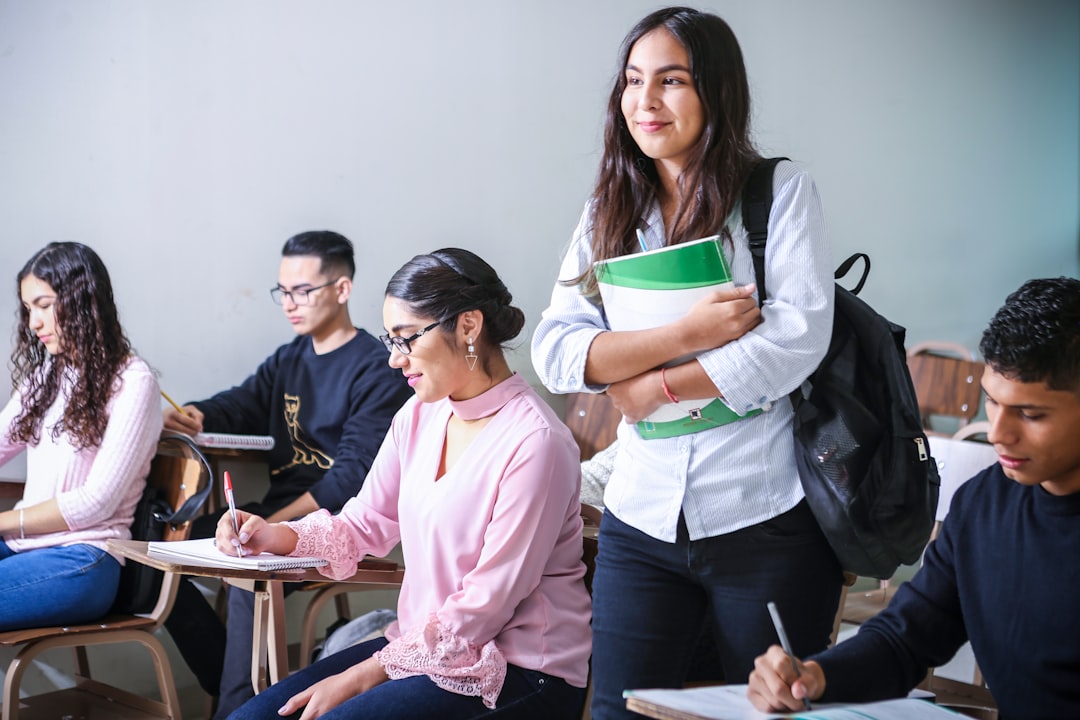What is it about?
How can we make memories last? One of the best strategies to retain newly learned information in long-term memory is to recall it frequently. Testing yourself, for example, on new vocabulary significantly improves memory over simply re-studying the same vocabulary pairs. This phenomenon called the "testing effect" is a very robust finding in cognitive psychology, however, it has mostly been shown for verbal (e.g., textbook, vocabulary) materials. In this study, we ask if testing is also the best strategy for memorizing visual images. We find that testing improves long-term memory for associations that involve meaningful, well-known object images (linking a word with an image of a teapot or a car). For novel, meaningless shape images ('squiggles'), restudying is the more effective strategy. These findings support theories of the testing effect that emphasize the role of pre-existing knowledge, stored in neocortical brain areas, for stabilizing new memories.
Featured Image

Photo by CDC on Unsplash
Why is it important?
Apart from their theoretical impact, these findings are relevant for educational settings, where it is important to know what learning strategies are most effective. The study's findings suggest that testing is a powerful strategy to enhance long-term retention for materials that can be integrated with pre-existing knowledge. For entirely novel materials that cannot be linked to known concepts, repeated visual exposure is the more effective way to make the information stick in memory.
Read the Original
This page is a summary of: The testing effect for visual materials depends on preexisting knowledge., Journal of Experimental Psychology Learning Memory and Cognition, June 2023, American Psychological Association (APA),
DOI: 10.1037/xlm0001248.
You can read the full text:
Contributors
The following have contributed to this page










